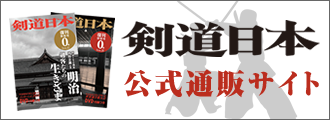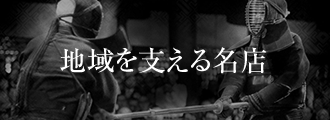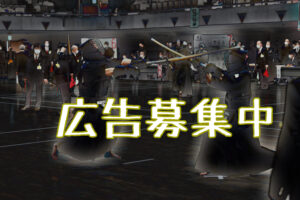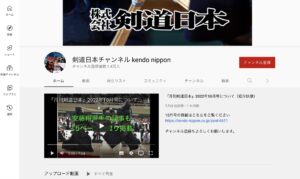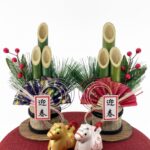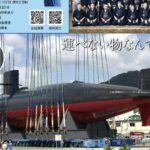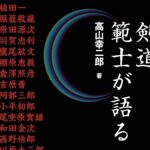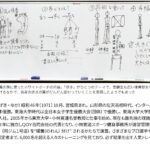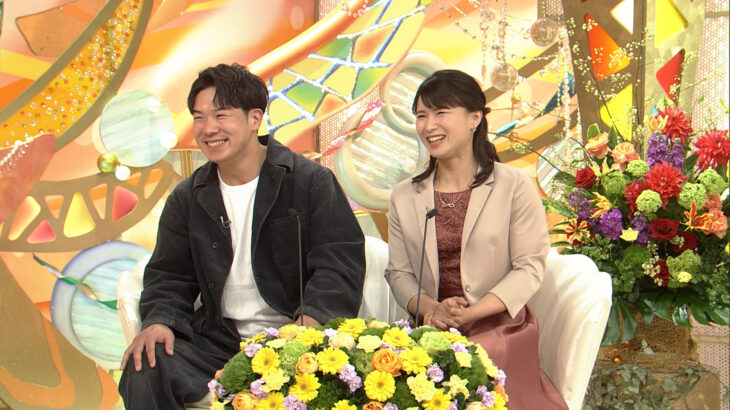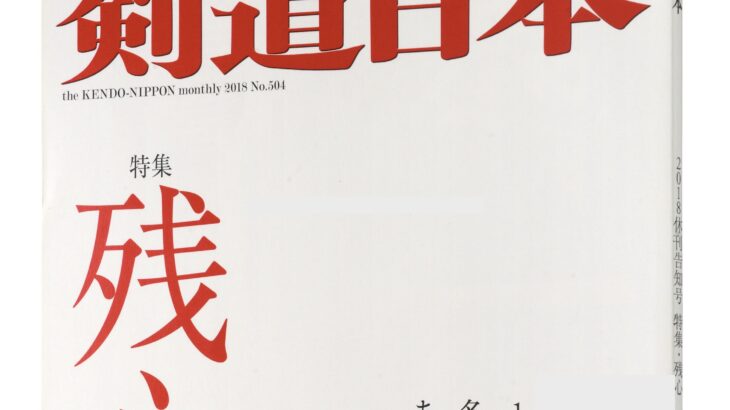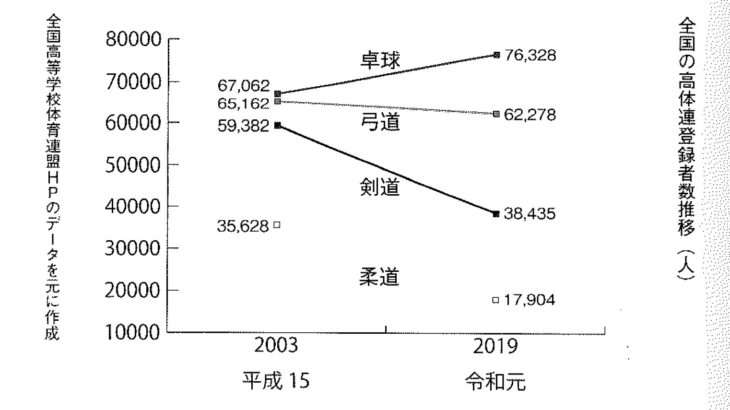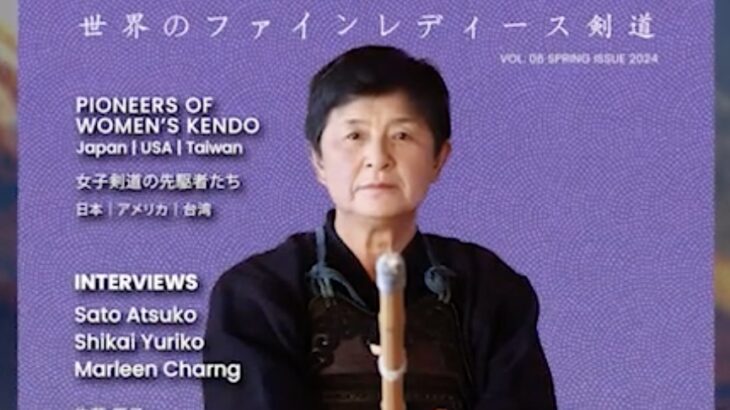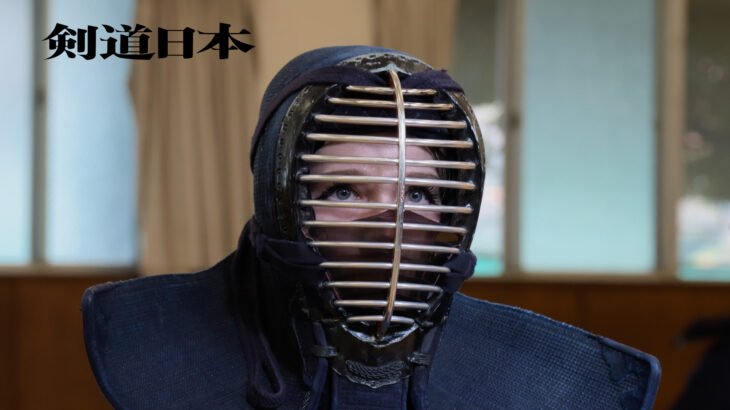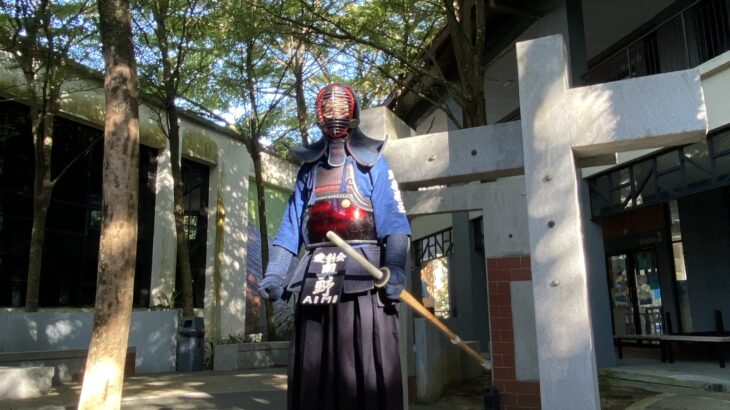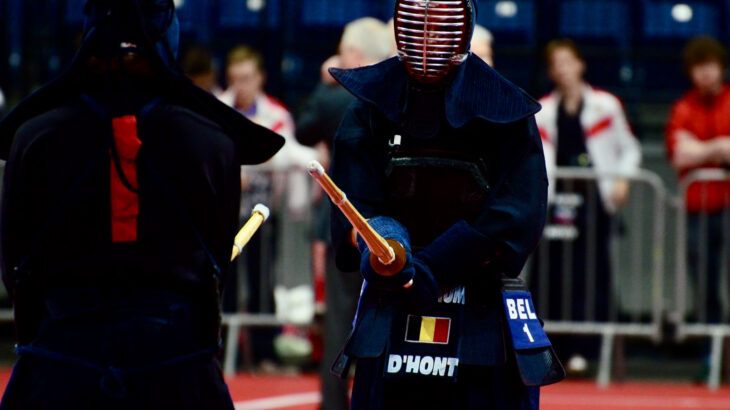かつて世界大会に5度出場し、団体3位入賞、個人戦でもベスト16進出を果たしたMatthew Raymondさんにアンケートをお願いしました。レイモンドさんは180cmを超えるすごい体格で、かつてボディガードもやっていた経験を持っています。日本戦でも何度も善戦し、世界チャンピオンを相手に引き分けたこともある方です。

Question: How old were you when you started kendo and why did you start?
Answer: I was almost 19 years-old (18 years and 10 months) when I started Kendo. When I was in high school, I had seen pictures of Kendo and a book about martial arts, and though I didn’t really know much about it, it seemed very interesting. When I started my first year of university, I was pleased to learn that the University of Toronto had a Kendo club, so I joined mainly to learn more about it, and also partly so that I would have something to do other than academics.
Question: When did you start ni-to? Why did you start? What is your current practice ratio of ni-to to itto?
Answer: I took a 1 year break between my 3rd and 4th year of university so that I could travel to Japan and practice Kendo. I lived in Osaka city, and I practiced mainly at Osaka Prefectural University (OPU). I had met the head of OPU Kendo, Masayuki Hamaguchi, when he spent about 9 months in Toronto studying at my university. While staying in Toronto, Hamaguchi Sensei regularly attended practice at the University of Toronto Kendo club and I got to know him well. Before he returned to Japan, he had generously agreed to help me practice at his university, help me find a job, and find an apartment. So in 1991, shortly after the World Kendo championships were held in Toronto, I travelled to Japan. About 6 months into my stay in Japan, Hamaguchi Sensei proposed that I try ni-to just as another aspect of Kendo and Japanese culture in general. The very first time I tried ni-to I immediately identified strongly with it, and what was meant to be a short exploration for interest sake, became a long-term dedication. For me, there was something about ni-to that almost demanded perfection. Renzoku waza and attacks from tsubazeri are very limited with ni-to, so timing, distance, angles, and spirit must be just right to be successful. That challenge was something I was – and still am – very drawn to. Currently I practice about 40% ni-to and 60% itto. This is because I spend more time trying to teach and guide students in the basics. I find doing ni-to with them can be too confusing for them.
Question: What do you find attractive about kendo?
Answer: Practicing Kendo in Toronto, I was amazed at the cooperation between clubs. Once one achieves 1-kyu, you can visit any dojo in the city and be welcomed. The support that I received from the beginning from senior sensei, national team members, sempai, and from all kenshi was something that I never experienced before. I wanted to do well, not just for myself, but also as a thank you for all the support I had been given. Kendo, as a martial art, is also very unique. It is one of the few that I think you can give 100% effort in – use all of your strength, mind, and physical energy – and nobody gets hurt. For me, doing Kendo is almost a cleansing activity. It is cathartic and I find that when I don’t dp Kendo, my mental state is negatively affected.
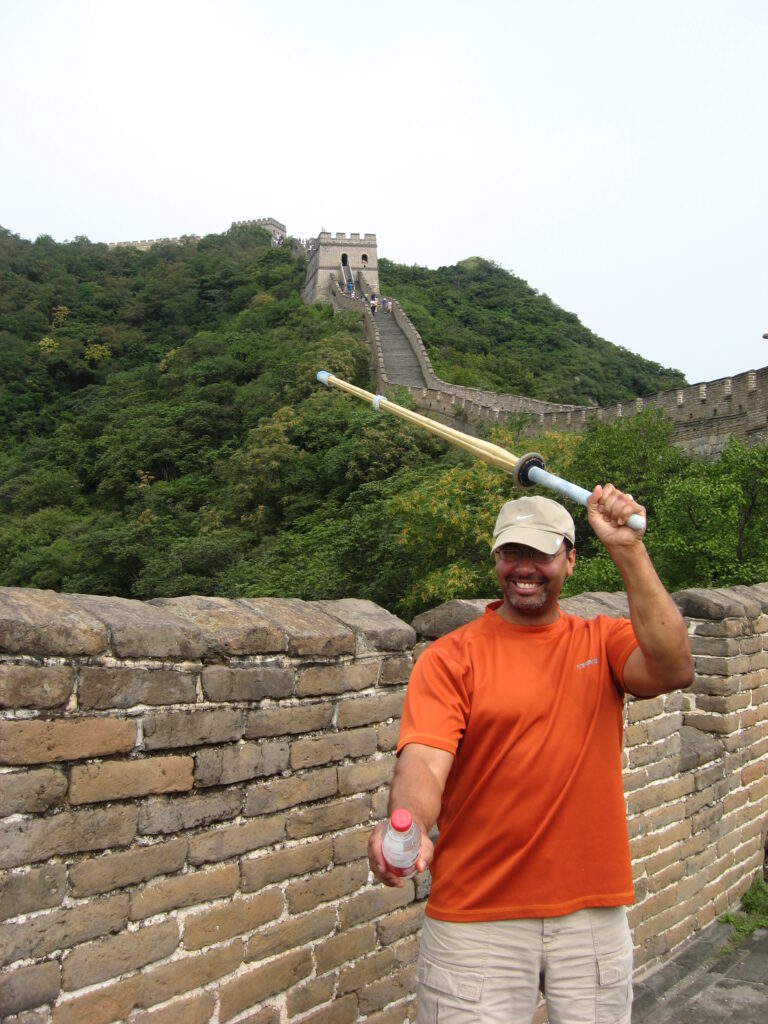
Question: What did you feel after participating in world and international championships?
Answer: Interestingly enough, after my first WKC I felt that I had concentrated too much on shiai. For me Kendo was not just about getting points and winning, and I wasn’t sure that I wanted to go to another WKC. However, the hard training that I had shared with the other national team members and prospects, the times we travelled around the country and practiced Kendo with local clubs, and the connections we made with kenshi from around the world were so amazing that I tried again and again.
Question: What are you proud of in kendo?
Answer: My greatest pride in Kendo is the success of my students. I am in a position where my home dojo is at the University of Toronto, and most of our students are new to Kendo. Watching their development is very rewarding and successes in shiai are also special. I have also written many reference letters for students that have served on the club executive, and again I have a great deal of pride for my students that are able to start successful careers after graduating from university.
Question: Do you have hobbies other than kendo?
Answer: I have a general interest in martial arts. For example I am shodan in Shorinji Kempo, I have trained in Muay Thai, and I have a blue belt in Brazilian Jujutsu. I also intend to start Iaido in the next couple of years. Outside martial arts, I have an interest in tea and tea culture whether that be in Japan, China, India, England, etc.
Question: What are your future goals in kendo?
Answer: I hope to challenge 8 Dan at least once (doing ni-to), as I believe that helps provide me good focus in developing my techniques. I also hope to serve as a good example for not only my students, but the Kendo community at large in Canada.
Question: Do you have any kenshi whom you look up to as your goal (target) and why?
Answer: There are three individuals that I look up to most. The first is the founder of the University of Toronto Kendo Club, David Johnson. I have always been amazed by the amount of work he does, the commitment he has to get things done, and the passion he shows. The other individuals are Masayuki Hamaguchi, and Shinji Tsubouchi of the Osaka Prefecture University. When I think back to how much they gave me – financially, emotionally, their time outside of the dojo – I am overwhelmed with gratitude and strive to follow their example.

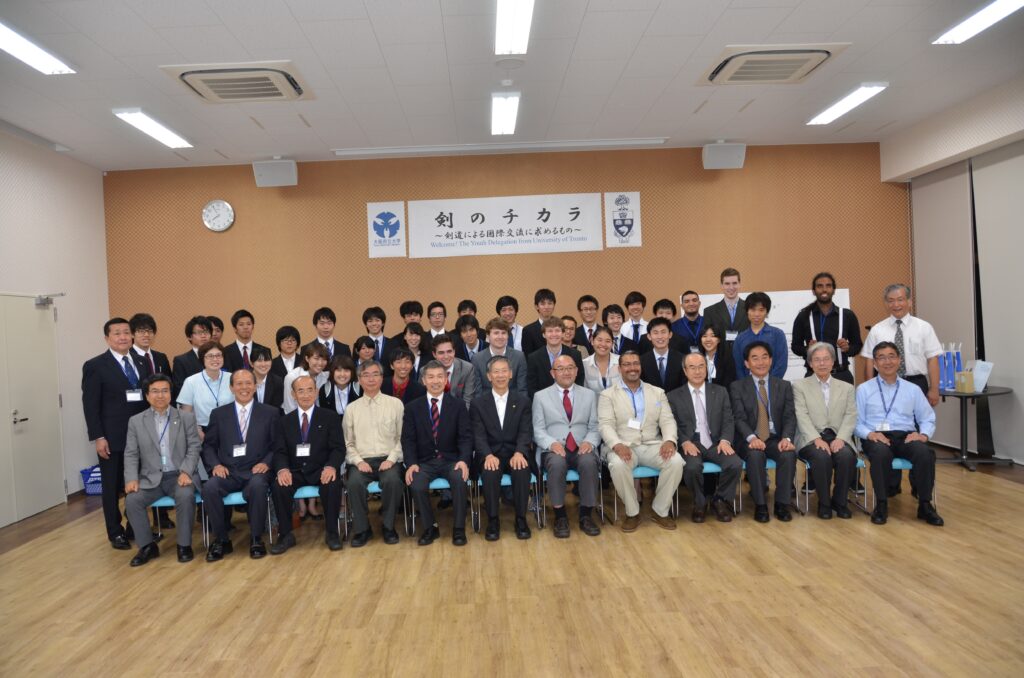
日本語の文章は、5月号に掲載しています!


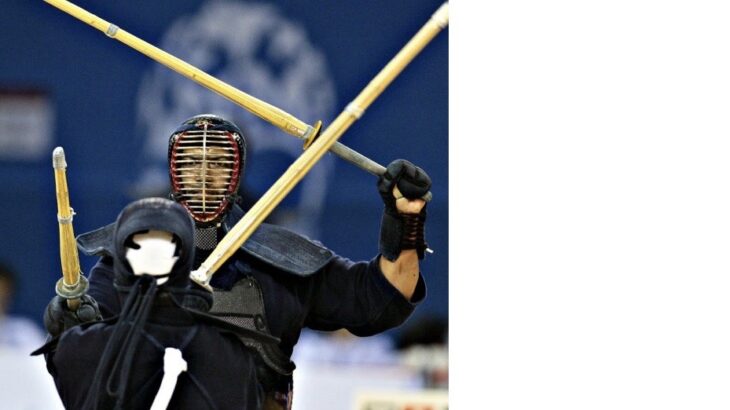

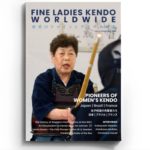
![[interview]Krzysztof Bosak(Poland)](https://kendo-nippon.co.jp/wp-content/uploads/2021/12/102_-150x150.jpeg)
